Union Payroll vs Non-Union Payroll Challenges and Opportunities

The film industry is supported by both unionized and non-unionized labor, each with distinct payroll challenges and opportunities. Grasping the differences between the two is imperative for producers, finance executives, and accountants aiming to navigate these waters effectively. Union payroll is generally seen as more structured due to its basis in collective bargaining agreements (CBAs), while non-union payroll offers more flexibility but requires careful management to handle potential uncertainties.
Understanding the landscape involves recognizing the unique demands and expectations associated with each type of payroll. For instance, union payrolls necessitate strict adherence to negotiated terms, while non-union payrolls require personalized negotiation skills. This duality presents both challenges and opportunities, making it essential for industry professionals to develop a strategic mindset that accommodates the nuances of each payroll system.
Union Payroll: Challenges and Protections
Union payroll is governed by collective bargaining agreements (CBAs) that stipulate specific terms regarding wages, benefits, working conditions, and other employment matters. The complexities of these agreements can pose significant challenges but also offer substantial protections and benefits for both employers and employees. Understanding the interplay between these challenges and protections is key to leveraging the full potential of union payroll systems.
Challenges
- Complexity of Agreements: Union contracts are often intricate and comprehensive, requiring meticulous attention to detail. Employers must adhere strictly to the terms laid out in these agreements to avoid disputes and potential legal ramifications. This complexity can be daunting, necessitating a robust understanding of the legal language and implications of each clause. Additionally, the layers of detail can lead to administrative burdens, requiring dedicated personnel to ensure compliance.
- Cost Implications: Unionized labor is typically associated with higher wages and benefits, which can increase production costs. Producers must carefully budget to accommodate these expenses without compromising the quality of the production. The financial impact extends beyond immediate payroll costs, influencing long-term budgeting and financial planning strategies. As such, producers must develop a nuanced understanding of cost management to balance the benefits of skilled union labor with the financial demands of maintaining it.
- Rigidity in Negotiations: The terms of CBAs are non-negotiable for the duration of the agreement, limiting the flexibility of producers to make changes based on evolving production needs. This rigidity can be challenging in dynamic production environments where adaptability is crucial. Producers must therefore be proactive in anticipating future needs and negotiating favorable terms before CBAs are finalized. The inability to adjust terms mid-contract can necessitate creative problem-solving to align production goals with existing agreements.
Protections and Benefits
- Skilled Labor: Union workers are often highly skilled and experienced, bringing a level of professionalism and expertise that can enhance the quality of a production. This expertise contributes significantly to maintaining high production standards and meeting tight deadlines. The assurance of skilled labor can also reduce training costs and improve efficiency, providing a competitive edge in a fast-paced industry. Moreover, the credibility and reputation associated with unionized crews can enhance a production's marketability.
- Clear Guidelines: CBAs provide clear guidelines on employment terms, reducing ambiguity and potential conflicts between employers and employees. These guidelines establish a framework that promotes fairness and transparency, fostering trust and collaboration in the workplace. With well-defined terms, producers can focus on creative aspects of production, confident that labor relations are well-managed. The clarity provided by CBAs can also streamline decision-making processes, reducing administrative overhead.
- Employee Protections: Unions offer significant protections for workers, including job security, fair wages, and benefits, fostering a positive and motivated workforce. These protections create a supportive work environment that encourages employee loyalty and commitment. With guaranteed protections, workers are more likely to invest in their roles, enhancing productivity and morale. The security provided by unions can also attract top talent, ensuring a steady supply of skilled professionals for future projects.
Non-Union Payroll: Flexibility and Challenges
Non-union payroll, while offering more flexibility, presents its own set of challenges. Understanding these can help employers capitalize on the opportunities presented by non-union labor. The flexibility of non-union payroll allows for more personalized employment arrangements, but it also requires careful consideration of potential drawbacks.
Opportunities
- Cost Efficiency: Non-union labor typically incurs lower costs in terms of wages and benefits, offering producers greater budgetary flexibility. This cost-effectiveness allows for more strategic allocation of resources across various production aspects. Savings achieved through non-union labor can be reinvested in other critical areas, such as technology or marketing, enhancing overall production value. The financial flexibility provided by non-union payroll can also facilitate innovative project financing structures.
- Negotiation Flexibility: Without the constraints of a CBA, producers can negotiate terms directly with employees, allowing for more adaptive and dynamic employment arrangements. This flexibility enables producers to tailor employment terms to match specific project needs, optimizing resource allocation. Direct negotiation can lead to mutually beneficial agreements that enhance both worker satisfaction and production outcomes. The ability to adjust terms as projects evolve ensures that labor strategies remain aligned with production goals.
- Simplified Administration: The absence of complex union regulations simplifies payroll administration, reducing the time and resources required to manage payroll. This streamlined approach allows for more efficient allocation of administrative resources, enhancing overall operational efficiency. Simplified payroll processes can lead to faster decision-making and implementation, reducing delays and improving responsiveness. The reduced administrative burden allows producers to focus more on creative and strategic aspects of production.
Challenges
- Variable Skill Levels: Non-union workers may vary widely in terms of skill and experience, potentially impacting the quality of the production. This variability necessitates careful vetting and selection processes to ensure that workforce capabilities align with production requirements. The potential for inconsistent skill levels can increase training costs and require additional supervision to maintain standards. Producers must develop robust talent management strategies to mitigate the risks associated with variable skill levels.
- Lack of Protections: Without union support, non-union workers may lack the protections and benefits afforded to their unionized counterparts, which can lead to dissatisfaction and high turnover rates. This lack of protections can impact worker morale and retention, affecting overall productivity and project continuity. Producers must address these gaps by offering competitive compensation and benefits packages to attract and retain top talent. Developing a supportive work environment can help mitigate the risks of high turnover and dissatisfaction.
- Increased Risk: The absence of standardized guidelines can increase the risk of disputes and misunderstandings between employers and employees. This lack of structure necessitates the development of clear and consistent policies to govern employment terms and conditions. Producers must invest in effective communication and conflict resolution strategies to manage potential disputes proactively. By establishing well-defined procedures, employers can reduce the likelihood of misunderstandings and foster a positive work environment.
Navigating the Complexities: Strategies for Success
Effectively managing payroll in the motion picture industry requires a strategic approach that leverages the benefits of both union and non-union labor while mitigating potential challenges. A comprehensive strategy involves understanding the unique demands of each payroll type and implementing practices that enhance operational efficiency.
Tailored Training and Education
Providing tailored training and education on payroll management is essential. This includes staying updated on the latest changes in union agreements and understanding the nuances of non-union payroll. Continuous learning initiatives can help professionals adapt to evolving industry standards and regulations, ensuring compliance and efficiency. By fostering a culture of learning, studios can enhance their payroll management capabilities and maintain a competitive edge.
Additionally, cross-functional training programs can enhance collaboration between finance and production teams, promoting a holistic understanding of payroll dynamics. By integrating payroll education into broader professional development programs, studios can cultivate a workforce that is well-equipped to manage complex payroll challenges.
Comprehensive Understanding of CBAs
Industry professionals must invest time in understanding the intricacies of CBAs. This involves not only reading and comprehending the agreements but also engaging with labor experts to ensure compliance and avoid legal complications. Developing a deep understanding of CBAs can empower producers to leverage union labor effectively, enhancing production quality and efficiency. Collaborative partnerships with labor relations experts can provide valuable insights and guidance, ensuring that producers navigate CBAs with confidence.
Producers should also prioritize proactive engagement with unions to build positive relationships and facilitate open communication. By fostering constructive dialogue, producers can address potential issues early and negotiate favorable terms that support production goals.
Strategic Budgeting and Planning
Effective budgeting and planning are crucial for managing the cost implications of union labor. Producers should work closely with finance teams to develop realistic budgets that account for the higher wages and benefits associated with unionized labor. This collaborative approach ensures that financial strategies align with production objectives, optimizing resource allocation. By integrating comprehensive cost analysis into budgeting processes, producers can identify potential savings and reinvest them in key production areas.
Additionally, producers should explore innovative financing solutions and partnerships to support union labor costs. By leveraging alternative funding sources, producers can enhance financial flexibility and maintain high production standards.
Leveraging Technology
Utilizing advanced payroll management software can streamline the payroll process, ensuring accuracy and compliance with both union and non-union payroll requirements. This technology can also provide valuable insights into labor costs and help identify areas for cost savings. By automating routine payroll tasks, studios can reduce administrative burdens and enhance operational efficiency. Advanced analytics capabilities can also support strategic decision-making, enabling producers to optimize labor strategies and improve production outcomes.
Furthermore, integrating payroll software with other production management tools can enhance data visibility and coordination across departments. This integration fosters a unified approach to production management, supporting seamless communication and collaboration.
The challenges of managing union and non-union payroll in the motion picture industry are significant, but so are the opportunities. By understanding the benefits and protections associated with each, industry professionals can navigate these complexities with confidence. Through tailored training, strategic planning, and the use of technology, industry professionals can not only overcome these challenges but also leverage them to enhance the quality and efficiency of their productions.
In this ever-evolving industry, staying informed and adaptable is key. By embracing both the challenges and opportunities of union and non-union payroll, professionals can ensure not only compliance but also success in their productions. Fostering a proactive and strategic mindset can transform payroll management from a potential obstacle into a powerful tool for achieving production excellence. By continuously seeking opportunities for innovation and improvement, industry professionals can remain at the forefront of an increasingly competitive landscape.









